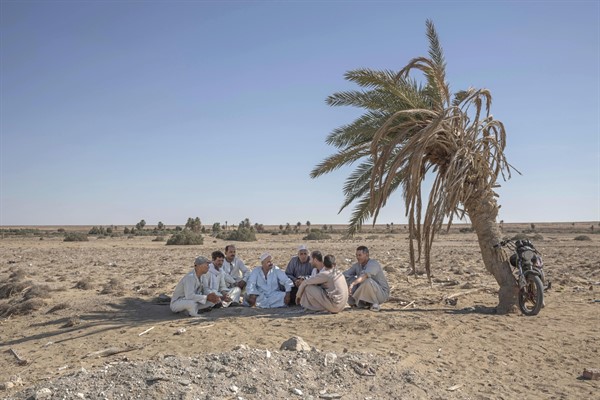Iran’s southwestern province of Khuzestan has long been a hotbed of civil unrest and instability. In 1979, at the height of the Islamic Revolution led by the late Ayatollah Ruhollah Khomeini, segments of the province’s large minority Arab population led a violent push for autonomy. The oil-rich province on the border of Iraq was also at the center of the first major offensive in the Iran-Iraq war during the 1980s. In 2005, a wave of bomb attacks set off by Arab separatists rocked Khuzestan’s provincial capital, Ahvaz. Six years later, in 2011, an Iranian government crackdown on protests inspired by the Arab uprisings resulted in the deaths of 15 people.
Now, with unrest once again rocking Khuzestan for the past several weeks, the province also appears to be emerging as another major flashpoint in the Middle East’s ongoing struggles with water scarcity and the increasing hazards of climate change.
Indeed, Khuzestan in some ways is a microcosm of the political challenges Iran and its neighbors in the Persian Gulf and the Mediterranean Basin face as the region grapples with the reality of a likely increase in temperatures before the end of this century. If the recent protests by Iranian citizens over water shortages in Khuzestan province are any measure, the instability in the oil-rich and drought-prone region could be a harrowing sign of troubles to come—not only in Iran, but in the wider Middle East, which has so far waged a losing battle to mitigate environmental risks and adapt to climate change.

